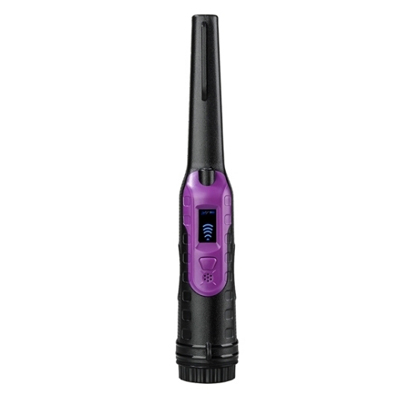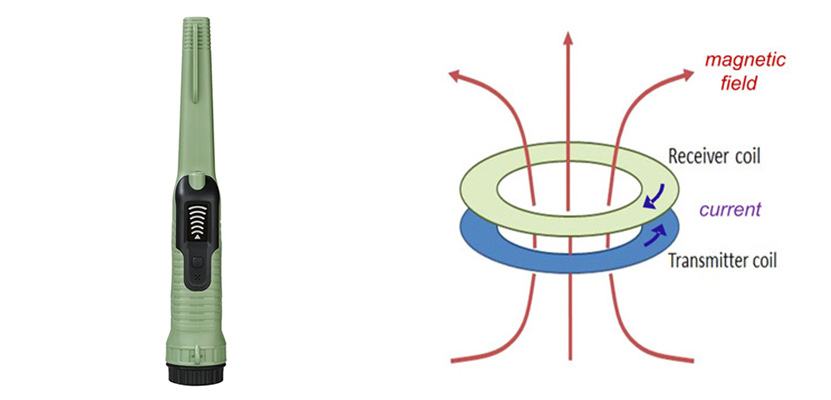Handheld metal detectors are designed to detect metal objects carried by people or objects. It can detect weapons, explosives, or small pieces of metal in packages, luggage, letters, fabrics, etc. carried by people. The special appearance of its sensitive surface allows easy handling. Superior to ring sensor hand probes. Ultra-high sensitivity, special application. Such as prisons, chip factories, archaeological research hospitals, etc. Handheld metal detectors are used to detect the specific location of metal carried by a person.

Features of handheld metal detector
- Simple and convenient operation.
- The grip part adopts an anti-slip design, which is convenient for work.
- The operation is non-directional - when metal is detected, the Alert lights on both sides of the front and back can emit a red light alarm.
- Very low battery consumption - the current is zero on standby and less than 1mA in operation.
- Extremely high accuracy and sensitivity - can accurately detect extremely small metal objects (0.1g or even smaller).
- Battery voltage reminder - the system continuously detects power supply, battery failure, and insufficient voltage. When the voltage is insufficient and no metal is detected, the red Alert will light up, indicating that the battery needs to be replaced.
- Different alarm tones will be generated according to the size of the metal, and an external earphone can be connected in a noisy environment.
Components of a handheld metal detector
The handheld metal detector consists of three parts: body part, ring part, and alarm part.
- Body part: The fuselage of the handheld metal detector is the main part of the instrument, it is equipped with the main electronic components of the instrument, and the power alarm part is also included.
- Ring part: The ring part is to generate a constant frequency magnetic field. Through the metal cutting magnetic field, the principle of constant frequency is destroyed to determine whether there is a metal object and its position.
- Alarm part: When the detector is close to a metal object, the small horn will sound an alarm to remind the detector operator.
How does a handheld metal detector work?
The Handheld metal detectors use the principle of electromagnetic induction and use a coil with alternating current to generate a rapidly changing magnetic field. This magnetic field can induce eddy currents inside metal objects. The eddy current will generate a magnetic field, which in turn affects the original magnetic field, causing the detector to beep. When working, its internal detector will emit electromagnetic waves of a certain frequency. Due to its self-inductance, this frequency will be shifted. When it receives the deviated electromagnetic waves again, it will amplify the difference frequency and send out a signal alarm.

sisco.com offers four handheld metal detectors of different sensitivity distances that can be chosen. Buy a handheld metal detector online now!

